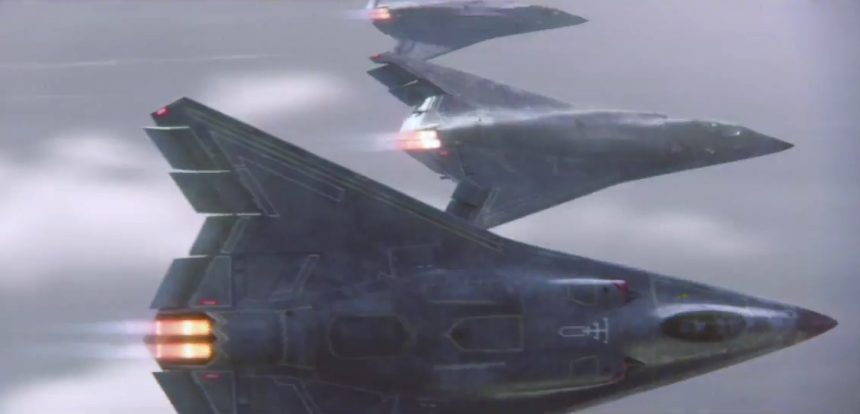Northrop Grumman has just launched a new ad that teases next generation fighter jets.
One year ago, Northrop Grumman, at that time competing with Lockheed Martin and Boeing for the LRS-B ( Long Range Strike-Bomber) released an interesting ad that teased the shape of the next generation bomber.
Earlier today, the aerospace giant released a new ad that clearly shows, along with a B-2 and some X-47B UCAVs, three 6th Gen. fighters: the new tailless concept, already exposed by some renderings last year, features the “cranked kite” design that’s in vogue with Northrop Grumman, which built the U.S. Air Force iconic B-2 stealth bombers the X-47B naval killer-drone demonstrator and the still much secret RQ-180 unmanned aerial vehicle surveillance aircraft.
The so-called Next Generation Air Dominance concept points towards a small and much agile plane, rumored to be supersonic, long-range, cyber-resilient against threats of the future interconnected world, and able to carry laser-weapons.









